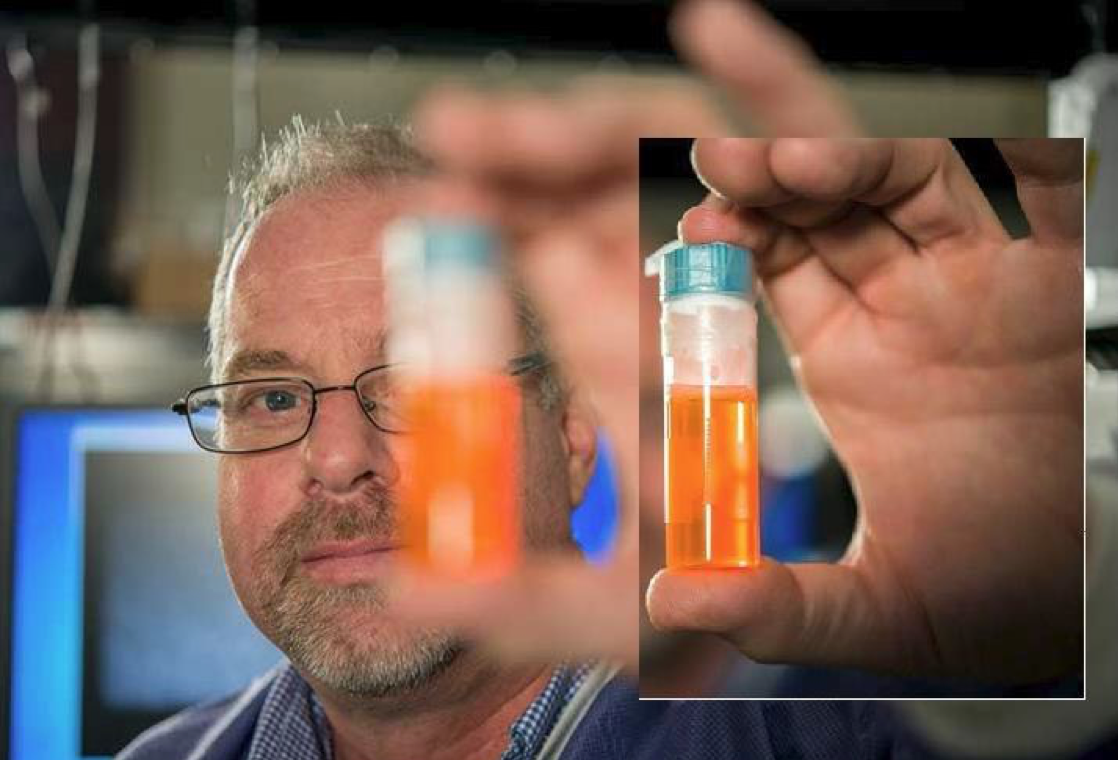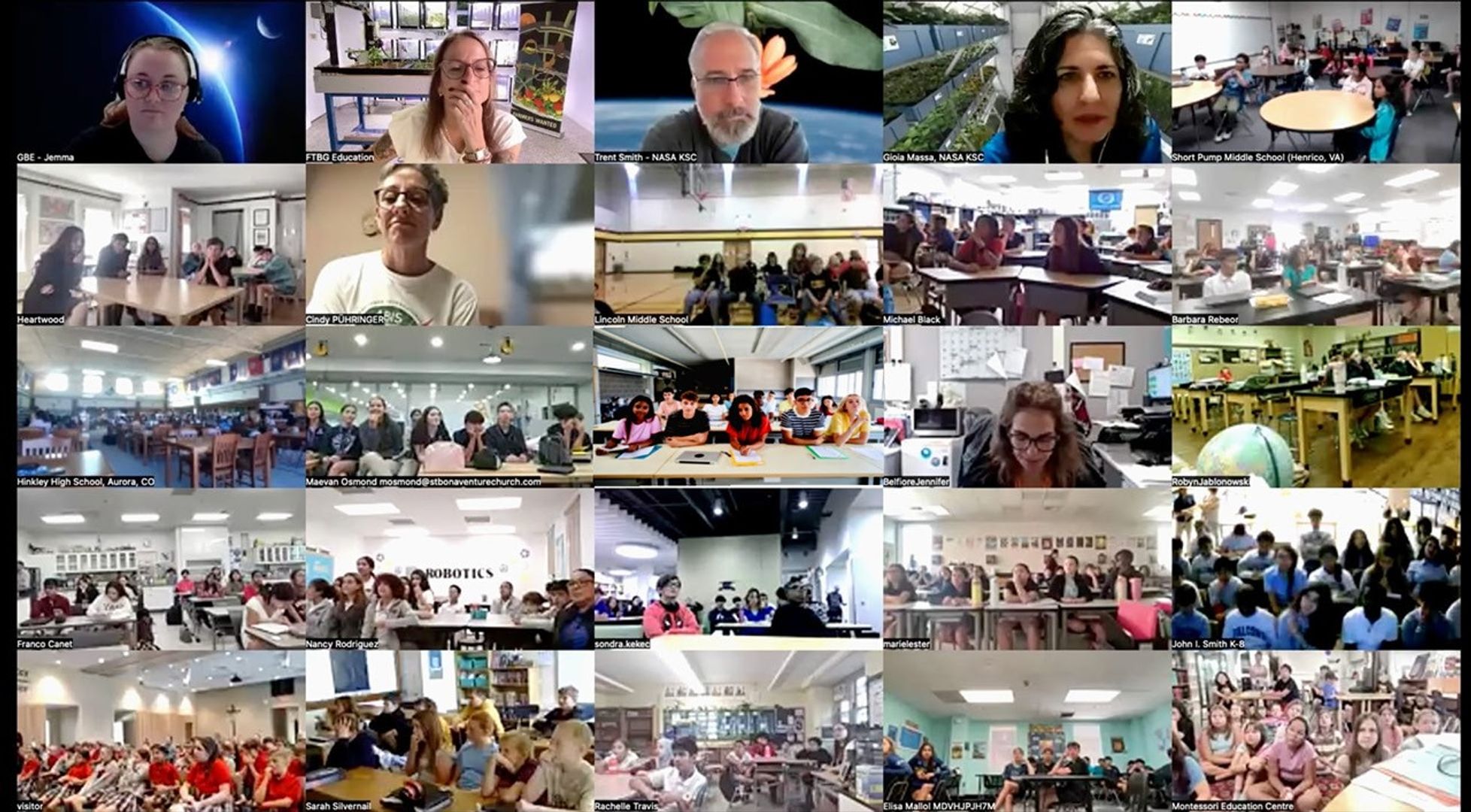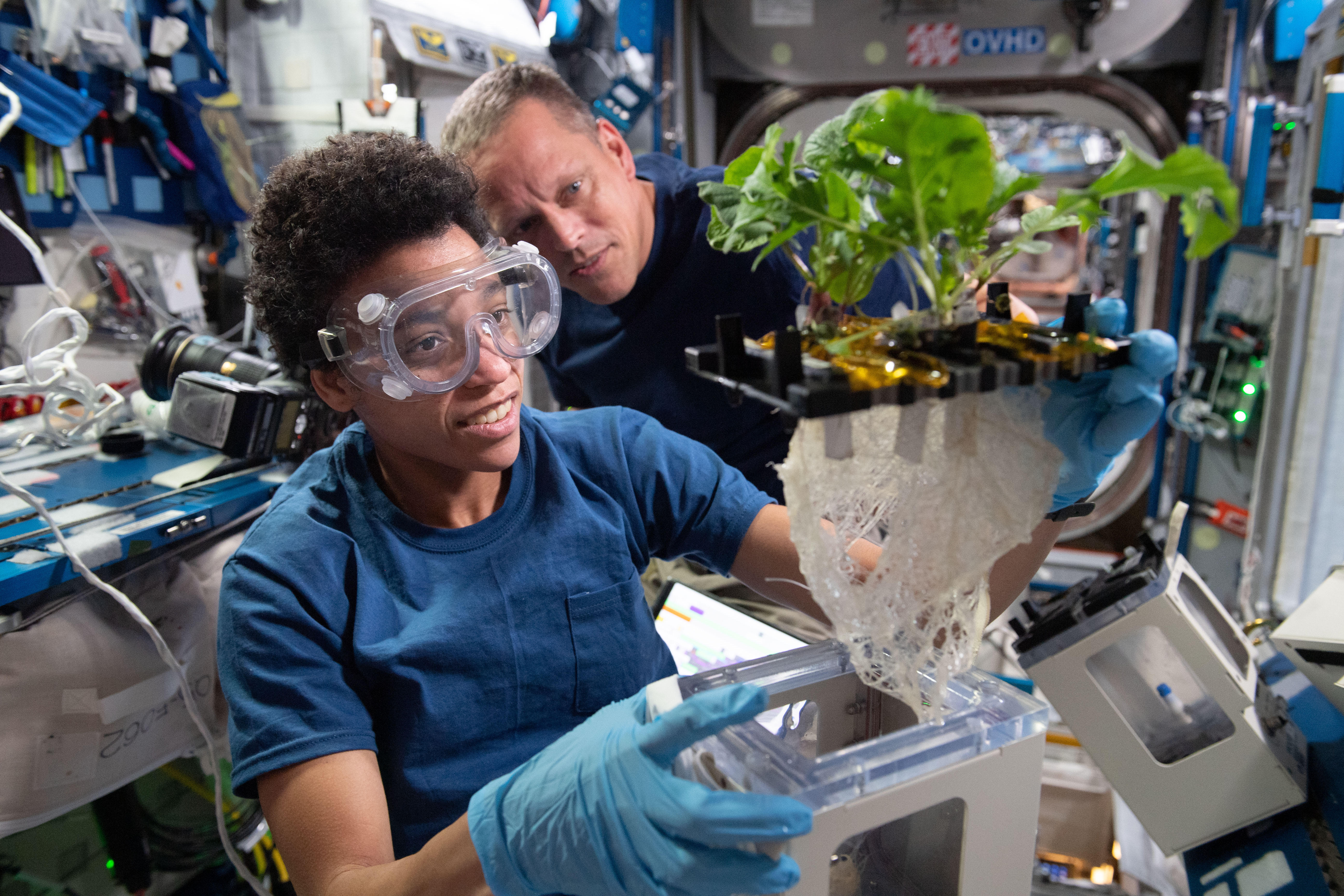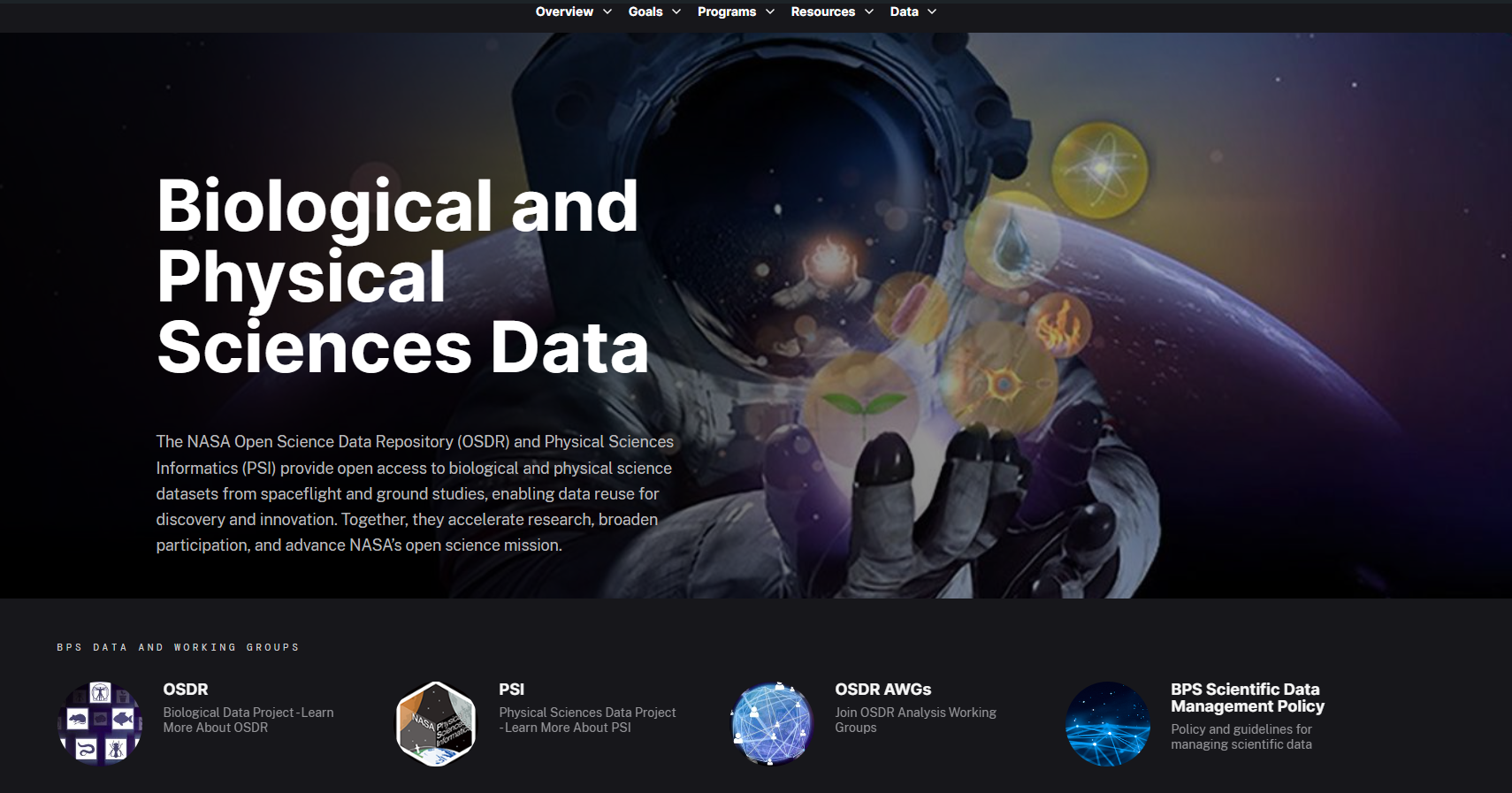To some, it may seem an unlikely collaboration: Procter & Gamble (P&G), a world leader in consumer-packaged goods, partnering with NASA. Both, however, share a common goal: bettering life on Earth by defying gravity and conducting research in space.
People around the world use P&G’s products every day—they own multiple brands providing skincare, haircare, personal health care, laundry products, and more. Many of these products are comprised of colloids—mixtures of microscopic particles suspended within other substances, such as gels or a liquid medium. They’re behind the science of what makes dishwashing liquid clean better or a lotion hydrate skin longer. Over time, however, these colloids break down or separate, rendering products unusable.
“We wanted to take gravity out of the equation,” says Dr. Matthew Lynch, principal scientist with P&G. “By experimenting with colloids in space, we would be able to better understand the structure of these substances—how they react to heat, how they react to cold, how they change over time—without gravity as a contributing factor. This information can then be used to help us design stronger, better, and longer-lasting products in the future.”
While attending a NASA conference, Lynch met with internationally renowned microgravity experts with the division which would eventually become NASA’s Division of Space Life and Physical Sciences Research and Applications (SLPSRA). The group immediately saw a connection between P&G’s needs and NASA’s interest in using the unique orbiting laboratory to advance the understanding of fundamental science. “The stabilization of dispersed actives against sedimentation in consumer products is an important technical challenge,” says Dr. William Meyer, senior scientist with NASA’s Glenn Research Center. “So, when P&G approached us about this research, we were happy to work with their scientists to help them find a solution.”
In accordance with the National Aeronautics and Space Act (the Space Act), P&G agreed to fund the research needs of the company’s scientists while NASA provided researchers access to its experts, facilities, and resources. Thus, SLPSRA’S support of P&G’s Advanced Colloids Experiments (ACE) spanned “cradle to grave”—from designing the experiments for space flight to developing hardware and software specifications for engineers; and from designing test plans to analyzing the data. Helmed by Ron Sicker, project manager at Glenn, teams of specialists converged to bring the project to fruition. “The NASA team worked with Lynch and his colleagues every step of the way, ensuring that they optimized their time in space by helping them thoroughly prepare beforehand on the ground,” says Sicker.
That included zero-gravity test-runs that were conducted on parabolic flights (“vomit comets”). These flights are part of SLPSRA’s “stepping-stones approach”—a progression of various test platforms designed to prepare scientists to optimize their time aboard the International Space Station (ISS). “We had to continually refine what we needed to bring onto the space station to be able to get the most out of our experiments with as few materials possible,” continues Lynch.
Critical to the success of the research was the use of a confocal microscope which enabled the researchers to create the first 3D images of colloids. Much like a medical CT scanner, the microscope captures “sliced images” of the colloids which are then reassembled as a composite 3D image. These images, coupled with the effects of suspending the particles in space—akin to a sci-fi action film where moving objects are suspended in mid-flight—enabled Lynch and his colleagues to examine the colloids from every angle, leading to several key scientific discoveries.
Backed by NASA’s extensive team of scientists, engineers, machinists, and program managers, Lynch and his colleagues were able to test a wide range of variables, from temperature to stirring speeds, to particle sizes, and more. Momentum from the SLPSRA team enabled a smooth transition of the research to the Center for the Advancement of Science in Space (CASIS) which manages the International Space Station’s U.S. National Laboratory. “It was a true collaborative effort between SLPSRA and CASIS,” says Dr. Francis Chiaramonte, program scientist for Physical Sciences with NASA. “The SLPSRA team supported the first two experiments, CASIS fielded the next two, and the most recent two have been joint efforts. The success of the program is a testimony to the partnership approach between our organizations.”
Ten years, six rounds of experiments aboard ISS, and many other ground-based experiments later, product innovations resulting from the research are poised to become part of everyday life. As a direct result of conducting its research in space, P&G has received approval on three patent applications and plans to launch new products—only identified as “sprayable freshening products” at press time—in the near-term. For the company, the benefits of the research are promising: lowered production costs, extended shelf lives, and enhanced product quality. For consumers around the world, it could contribute to a better quality of life.
Watch this video to hear directly from Lynch and NASA scientists:
https://www.youtube.com/watch?v=fV8cSg8c_Vk
Read an article for additional details on the P&G ACE experiments:
https://upward.issnationallab.org/the-iss-household-products/
Stay informed on other exciting SLPSRA research initiatives:
https://science.nasa.gov/biological-physical
For daily updates, follow @ISS_Research, Space Station Research and Technology News or our Facebook. Follow the ISS National Lab for information on its sponsored investigations. For opportunities to see the space station pass over your town, check out Spot the Station.


































